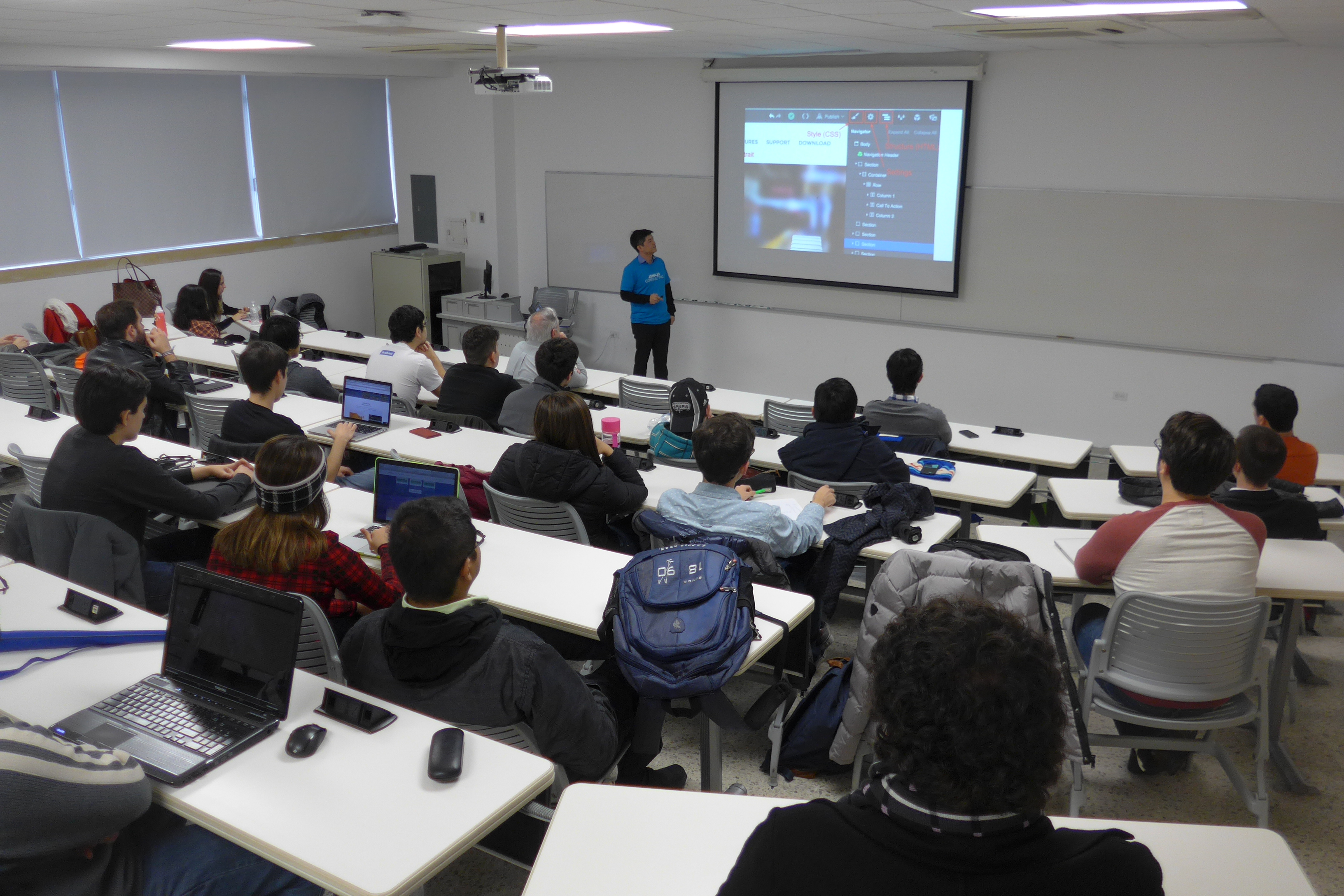Introduction
Artificial Intelligence (AI) has been making significant strides in various industries, and the world of cinema is no exception. As technology continues to advance, AI is set to revolutionize Computer-Generated Imagery (CGI) effects in movies, opening up a world of creative possibilities that were once unimaginable. In this article, we will explore how AI is poised to transform CGI effects in films, reshaping the way filmmakers bring their visions to the silver screen.
Enhanced Realism and Detail in Movies
AI-driven algorithms have the potential to vastly improve the realism and detail of CGI effects in movies. Additionally, by analyzing vast datasets of real-world images, AI can learn to replicate intricate details and nuances. Consequently, this capability makes CGI characters, environments, and objects appear more lifelike. This enhancement in realism will enable filmmakers to create visually stunning worlds that seamlessly blend with live-action footage, captivating audiences with awe-inspiring visuals.
Streamlined Animation and Rendering
Traditional CGI is time and resource-intensive, but AI streamlines animation tasks. By optimizing rendering times and automating animation, machine learning reduces manual workload. This enables filmmakers to create complex CGI faster, improving production efficiency and reducing costs.
Procedural Generation and World-Building
AI-powered procedural generation holds tremendous potential for world-building in movies. By utilizing AI algorithms, filmmakers can create vast and detailed virtual landscapes, cities, and even entire planets. Procedural generation allows for the automatic generation of content based on specific parameters, providing filmmakers with a powerful tool to construct expansive and immersive worlds without extensive manual labor.
Real-Time Virtual Production in Movies
AI’s integration with real-time virtual production techniques will revolutionize how movies are made. Combining AI with advanced motion capture technology enables filmmakers to create real-time CGI characters and environments that interact with live-action actors on set. This synergy between AI and virtual production empowers directors to make creative decisions on the fly and see the final result during filming, streamlining the filmmaking process and boosting collaboration between actors and digital elements.
Improved Facial Animation and Emotion
One area where AI is already making waves in CGI is facial animation. Specifically, AI-driven facial animation algorithms can accurately capture human expressions and emotions. This breakthrough results in more convincing and emotionally charged CGI characters. Consequently, filmmakers can create characters that connect with audiences on a deeper level, making for more engaging and impactful storytelling.
Personalized Movies Experience
AI’s ability to analyze vast amounts of data, including audience preferences and viewing patterns, can lead to personalized cinematic experiences. Filmmakers can use AI to customize CGI elements and visual effects based on individual viewer preferences. This personalization will enhance audience engagement, making movies more immersive and tailored to each viewer’s taste.
Conclusion
AI transforms CGI in movies, ushering in a new era of filmmaking. From enhanced realism to streamlined animation, it unlocks creative possibilities, revolutionizing storytelling and promising an exciting cinematic future. To learn more about tech news, read more in our blog.


